Carrickfergus Castle is a stunning, imposing fortress located in County Antrim, Ireland. Built during the Norman invasion of Ireland, this castle is a testament to the tumultuous history of the region, and has played a critical role in the country’s political and military past. In this article, we’ll explore the fascinating history of Carrickfergus Castle, from its construction in the 12th century to its modern-day role as a popular tourist attraction.
Construction of Carrickfergus Castle
Construction of Carrickfergus Castle began in 1177, during the Norman invasion of Ireland. The castle was built by John de Courcy, an Anglo-Norman knight who had been granted lands in Ulster by King Henry II of England. De Courcy began building the castle to establish a foothold in the region and to protect his lands from potential attack.
The castle was constructed on a rocky outcrop overlooking Belfast Lough, providing an excellent vantage point for spotting incoming ships. The castle’s design was typical of Norman fortresses of the time, featuring a rectangular keep surrounded by a curtain wall with towers at each corner. The castle was constructed using locally-sourced limestone, and the walls were lined with wood and turf.
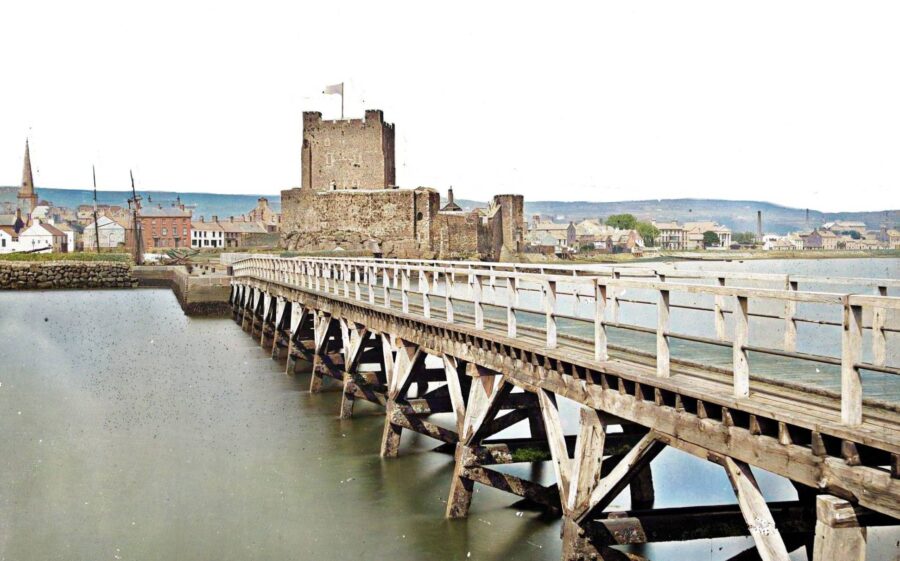
Carrickfergus Castle in Medieval Times
For much of its early history, Carrickfergus Castle was the center of power in the region. During the Middle Ages, the castle was held by various Norman families, including the de Lacy and de Burgh families. In the 14th century, the castle was briefly held by the Scottish nobleman Edward Bruce, who had invaded Ireland and declared himself King of Ireland. However, Bruce’s reign was short-lived, and he was defeated by English forces at the Battle of Faughart in 1318.
The castle was also involved in several key battles during the Wars of the Roses, a series of conflicts fought between the House of Lancaster and the House of York for control of the English throne. In 1461, the castle was besieged by the forces of Richard Neville, Earl of Warwick, who was fighting on behalf of the Yorkists. The castle’s garrison held out for several months, but eventually surrendered when their supplies ran low.
During the 16th and 17th centuries, Carrickfergus Castle continued to play an important role in the region. It was used as a base by English and Scottish troops during the Nine Years’ War, a conflict fought between England and Ireland from 1593 to 1603. In the 17th century, the castle was garrisoned by English troops during the Williamite War in Ireland, which was fought between the forces of King William III of England and the deposed King James II.

Carrickfergus Castle in the Modern Era
In the 18th and 19th centuries, Carrickfergus Castle’s role as a military stronghold diminished, and the castle fell into disrepair. However, in the early 20th century, the castle was restored and opened to the public as a tourist attraction.
Today, Carrickfergus Castle is one of the best-preserved medieval castles in Ireland, and it attracts thousands of visitors every year. Visitors can explore the castle’s many rooms and chambers, including the Great Hall, which was once used for banquets and other events. The castle also houses a small museum, which contains artifacts and exhibits related to the castle’s history.
Visitors can also walk along the castle’s ramparts, which offer stunning views of Belfast Lough and the surrounding countryside. And for those who are feeling adventurous, the castle’s dungeons are open to visitors, providing a glimpse into what life was like for prisoners in medieval times.
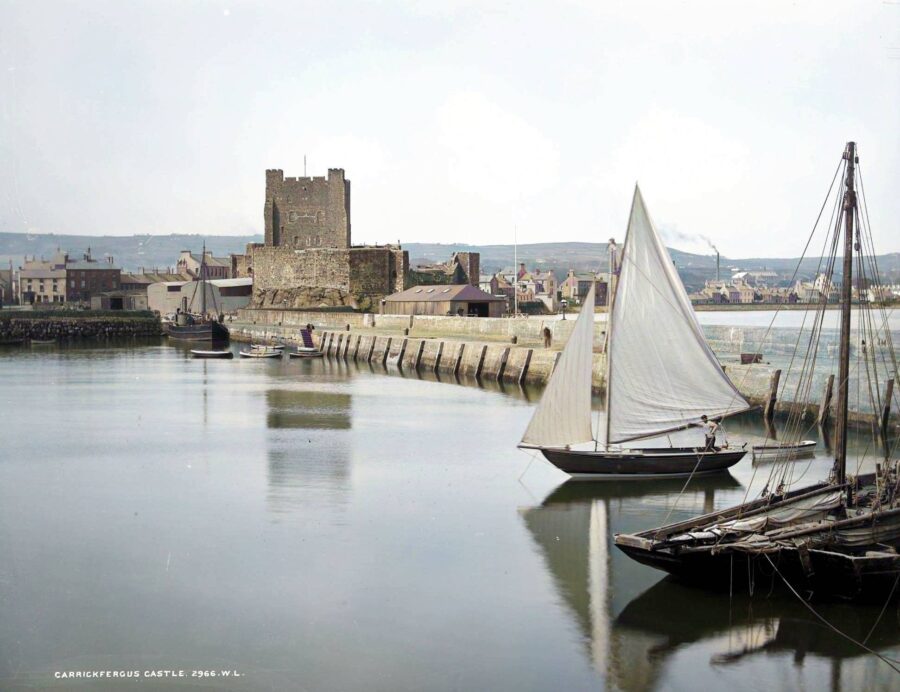


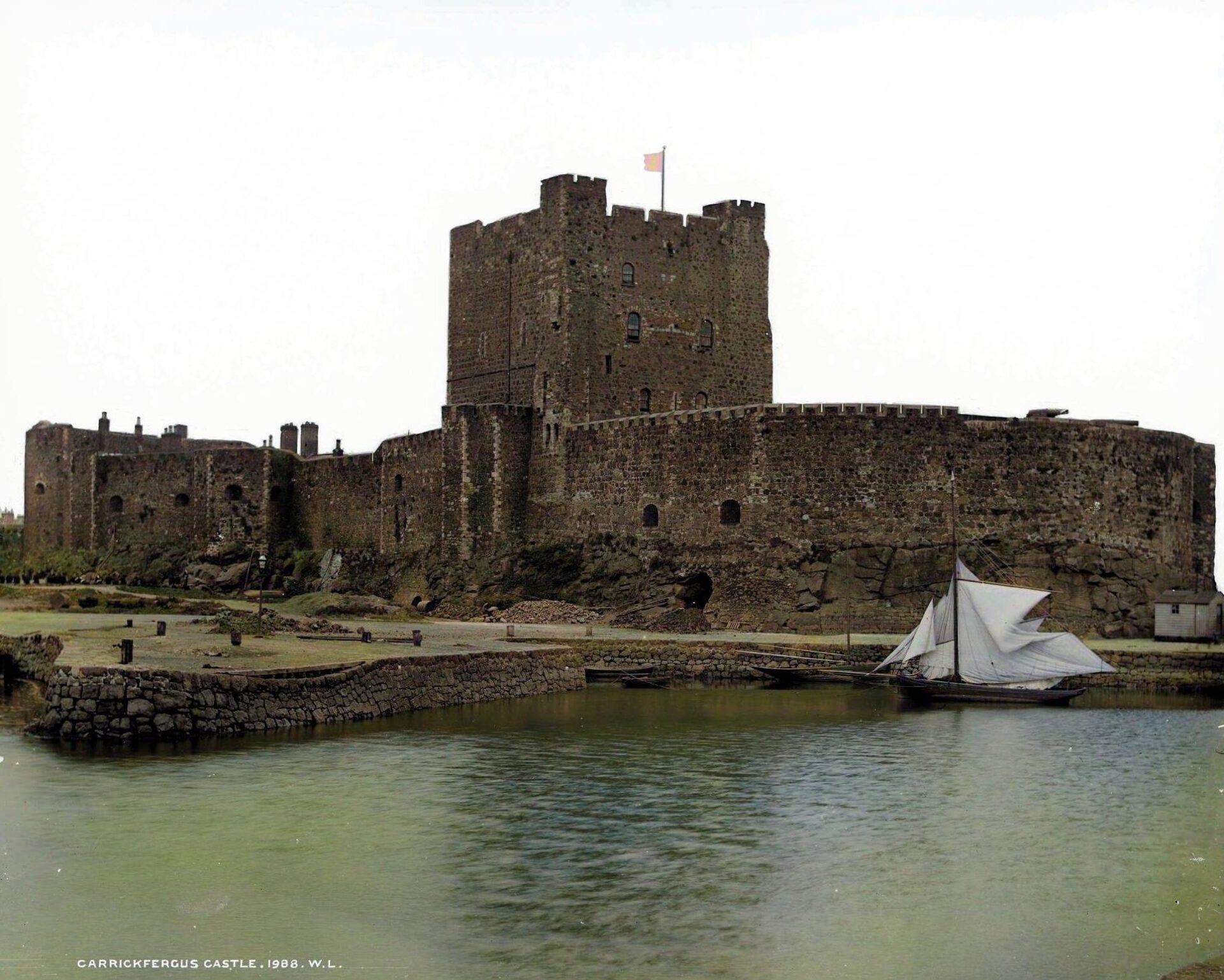
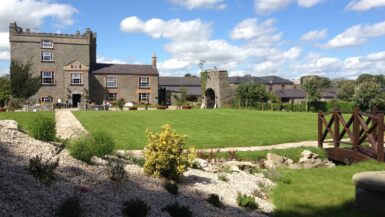
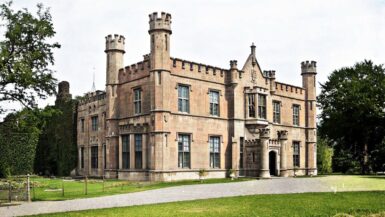

Leave a reply